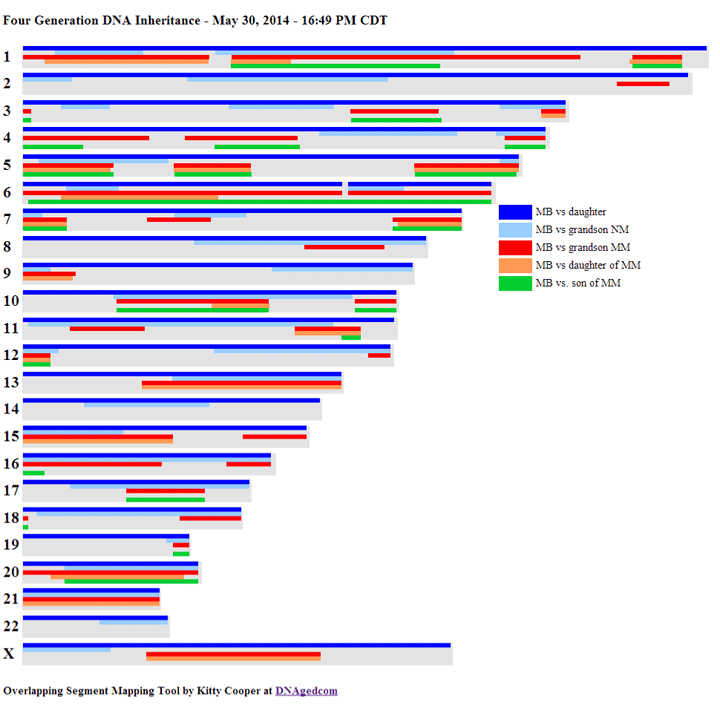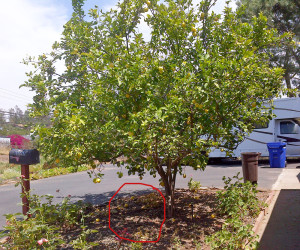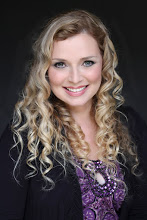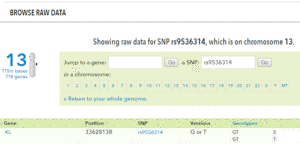It has been quite surprising to me to see how often 23andme claims Norwegian relatives are more closely related than they in fact turn out to be. This particularly shows up among those descended from the farms around the Stordalsvatnet (a large glacier lake upstream from Etne in Hordaland Norway) such as Skjold, Frette, Tveito, Lussnes, Sande, Hovland, and Håland to name just a few (Click here for a picture towards Frette from google maps). So when last at the library in Salt Lake City, I photographed pages from the Etnesoga farm books for all these ancestral farms in order to discover the many ways these folk intermarried in recorded genealogical time. I have been entering all this data on GENI and ancestry but have yet to discover good ways to display family trees with so many cousin marriages.
So Dad has an expected 3rd to 4th cousin “MB” from Etne who shares 4 good sized segments and .66% of her DNA with him. She is in fact twice a 4th cousin once removed and once a 6th cousin to him (so far). Most delightful however is that she has four generations of family tested. So here is a picture made with my segment mapper tool of her versus her daughter (.55%), two grandsons (.52% and .38%), a great granddaughter (.39%) and a great grandson (.26%). Clicking on the picture will take you to a copy of the actual output with mouse-over popups showing the centimorgan (cM) values.
 As expected, her daughter is a solid blue line as she has half of all her DNA, thus one of every chromosome pair, from her mother. Looking at the two sons, you can see that they inherit some of the same DNA and some different. Notice how all of chromosome 21 has been passed intact all the way to her g-granddaughter. This is the smallest chromosome. The X inheritance is also of interest as MB’s daughter gave each son only one piece from her mother, and not the same pieces.
As expected, her daughter is a solid blue line as she has half of all her DNA, thus one of every chromosome pair, from her mother. Looking at the two sons, you can see that they inherit some of the same DNA and some different. Notice how all of chromosome 21 has been passed intact all the way to her g-granddaughter. This is the smallest chromosome. The X inheritance is also of interest as MB’s daughter gave each son only one piece from her mother, and not the same pieces.



